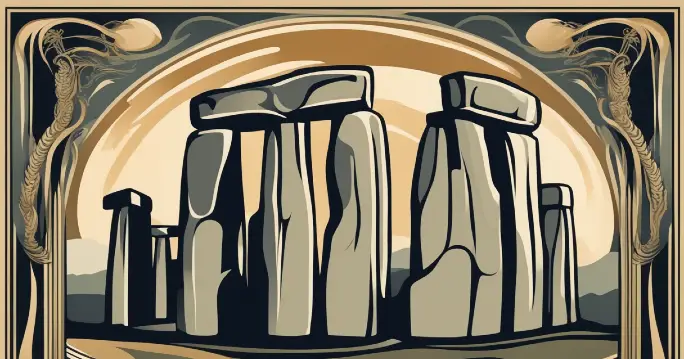5 Myths of Stonehenge: Separating Fact from Folklore
Stonehenge, the iconic prehistoric monument, has inspired countless myths and legends throughout history. While shrouded in genuine mystery, the true stories of its construction and purpose have often become interwoven with fantastical tales. Let’s explore five of the most prevalent Stonehenge myths, separating historical fact from captivating folklore.
Merlin the Magician and the Moving Stones
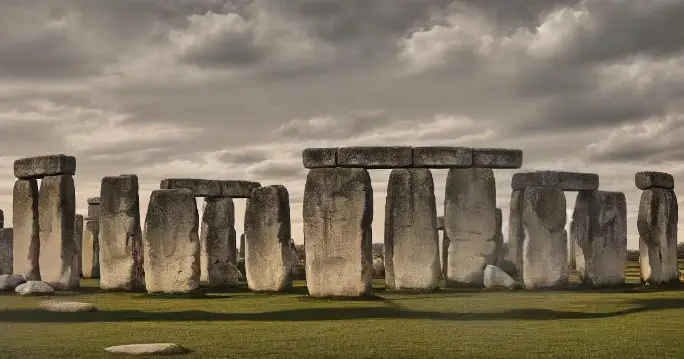
One myth attributes Stonehenge’s creation to Merlin, the legendary wizard from Arthurian legend. This story claims Merlin magically transported the massive stones from Mount Killaraus in Ireland to Salisbury Plain. While a captivating tale, no archaeological evidence supports this claim. Instead, studies reveal that the stones originated from various locations in Britain, showcasing the impressive logistical skills of the Neolithic builders.
Giants Roaming Myths of Stonehenge
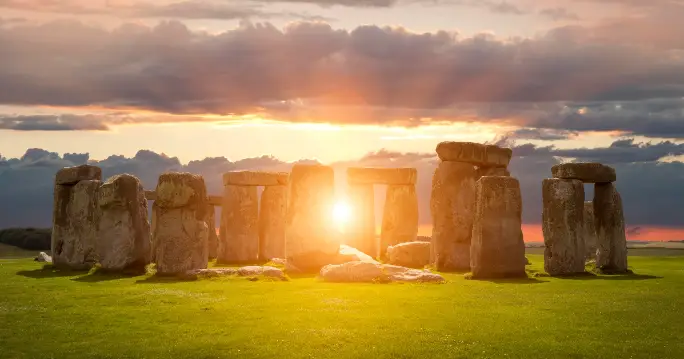
Another popular myth suggests that giants, not humans, built Stonehenge. This theory likely stemmed from the sheer size and weight of the stones, some weighing up to 25 tons. People struggled to comprehend how ancient people, without modern technology, could have moved and erected such massive megaliths. However, archaeological evidence points to ingenious methods of using levers, rollers, and manpower to achieve this impressive feat of engineering.
Stonehenge: The Prehistoric Healing Ground
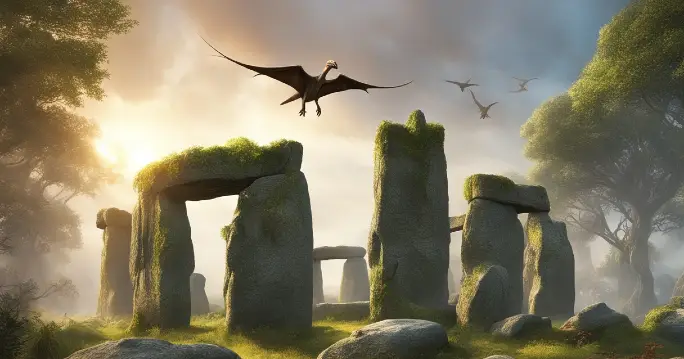
Some myths portray Stonehenge as a place of healing, claiming the stones possess mystical powers. This belief likely emerged from the site’s spiritual aura and its connection to celestial events. While no concrete evidence supports healing powers, the possibility that Neolithic people attributed spiritual significance to the site and potentially used it for rituals related to health and well-being adds another layer of intrigue to Stonehenge’s story.
Is Stonehenge A Druid Temple?
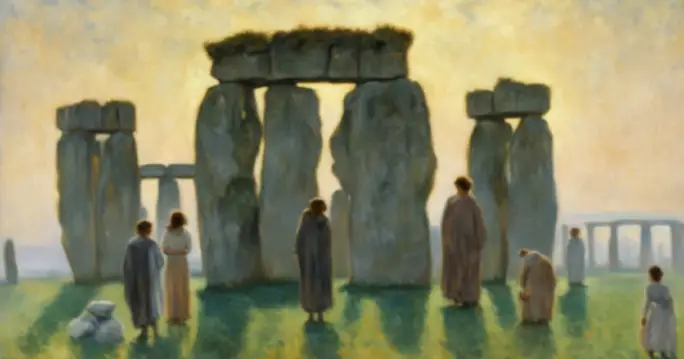
Is Stonehenge a druid temple?. A common misconception links Stonehenge directly to the Druids, ancient Celtic priests. While the Druids held a reverence for nature and may have conducted ceremonies at the site, the monument’s construction predates their arrival in Britain by centuries. This association likely emerged during the Romantic era when interest in ancient Celtic culture surged. While fascinating, it is crucial to remember that Stonehenge’s origins lie far earlier in prehistory, debunking these myths of Stonehenge.
An Alien Connection? Or Just Myth?
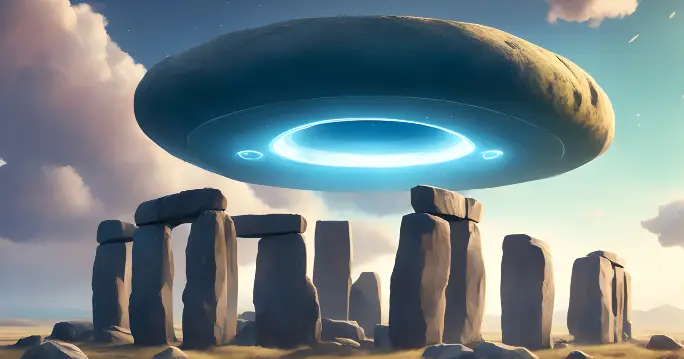
Perhaps the most outlandish myth connects Stonehenge to extra-terrestrial visitors. Some believe aliens built the monument or used it as a landing site for their spacecraft. This theory, fuelled by science fiction and a desire for extraordinary explanations, lacks any scientific basis. While the ingenuity of Stonehenge continues to amaze, attributing it to aliens diminishes the remarkable achievements of our human ancestors.
Conclusion to 5 Myths of Stonehenge
While myths and legends undoubtedly add to Stonehenge’s allure, unravelling the truth behind these captivating tales allows us to appreciate the monument’s true historical and archaeological significance. By exploring the evidence and separating fact from folklore, we gain a deeper understanding of the people who built Stonehenge and the mysteries they left behind.
